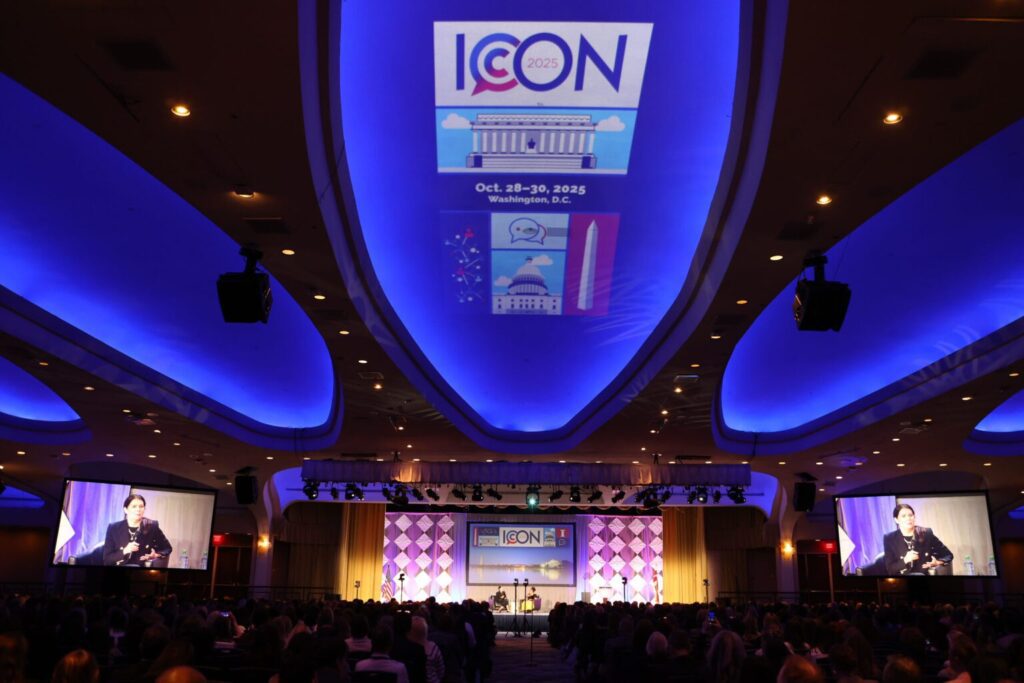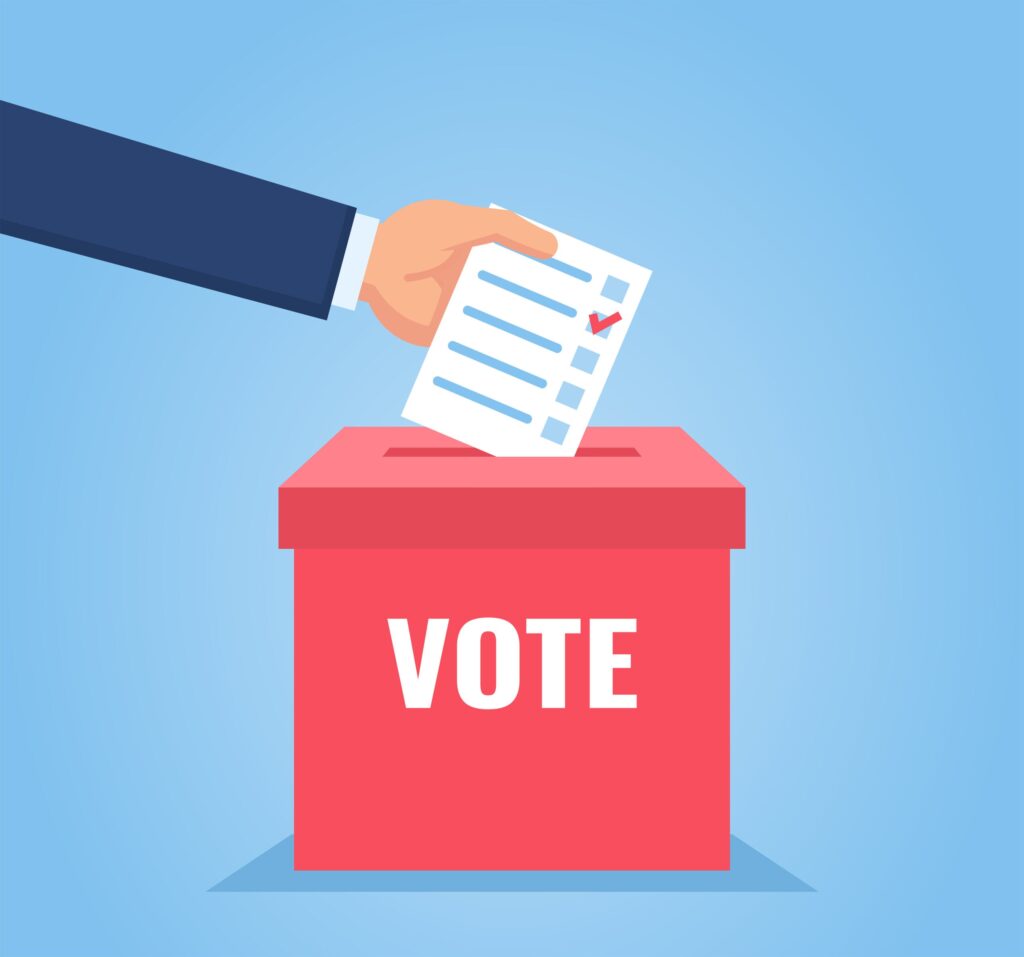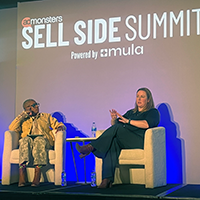
Email is a powerful tool for B2B lead nurturing and customer retention but it can only be optimized if you engage in constant testing and experimentation to know what works best for your brand. Indeed, what inspires one target audience to open, click through and buy may not motivate another.
Finding out what will maximize engagement in the inbox is essential. In Chief Marketer’s 2018 B2B Lead Gen Outlook survey, email was cited as the channel that produced both the most leads and the leads with the highest ROI. And, respondents to a recent study from DemandGen Report named email and the most effective channel for driving both early-stage engagement and conversions.
Pitney Bowes regularly tests elements of its email strategy to find out what works best. The brand conducts email marketing for acquisition, activation, cross-sell/upsell and retention, with a focus on reaching over a billion and a half customers at all points in their lifecycle, says Michael Marino, director, marketing operations, Pitney Bowes.
“It’s a blessing and a curse to have a file that large,” says Marino. “We’ve set priorities and goals with our demand gen teams this year, and put more governance into how we access our data, because we want to make sure we are delivering valid communications.”
Customers typically receive about four to five emails from Pitney Bowes each month. The weekly communications help to keep the brand top of mind, which is important considering the lengthy sales cycle for many products.
Emails from the company tend to be product based, with offers such as invitations to webinars or news digest. To increase engagement, PB has experimented with things like countdown timers to events, Marino says. “It’s an interesting element—we’ve been doing AB testing and the countdown timers increase dwell time in messages up to 50 percent.”
The brand is typically very formal in its email communications. “We have no levity—we’re talking about [expensive] enterprise-level solutions,” says Marino, “but we’re trying to be more engaging and interactive, because customers now expect that kind of email experience.”
Testing is crucial for all aspects of email marketing, notes Melissa Mines, vice president for marketing and client success at Bulldog Solutions, who spoke at last summer’s B2B Connect to Convert. For one client, her firm tested over 180 subject lines. “We found that some things we hold near and dear to our hearts don’t really matter.”
This testing allowed for categorization of metadata to create better subject lines and see what types of personalization (such as individual prospect and brand names, and product references) and formats (questions did better than statements) improved open rates. It also showed that for subject line length, short and sweet isn’t always the way to go in B2B. More descriptive subject lines between 70 to 79 characters really helped move the needle. “Keep it tight,” she says.
It also pays to keep the call to action clear and to the point. Assets promoted in an email should hew closely to the subject line and content of the email message. “This is a constant source of tension. We naturally want to put everything into the body of an email, but that isn’t necessarily the sweet spot,” Mines notes. “Some [recipients] will engage with every piece of content, but simpler is better.”
Matt Harris, CEO of Sendwithus noted in a recent Chief Marketer article that B2B companies can ride the interactive email wave along with their B2C counterparts. Just be sure that you continuously test and retest interactive elements to make sure they’re working for both your business and, most importantly, your customers.
For example, he says, not all email clients or devices support all interactive elements equally. If an email client doesn’t support the animation in a GIF, the first frame will display as a static image, so such elements should be tested across different devices and platforms.
B2B marketers must avoid making assumptions about what will work for their brand, says Mines, noting that it is important to test one aspect of your email strategy at a time, for a clear outcome.
“Align your questions and hypothesis to get your desired outcomes,” she says. “Fight to stay objective, and don’t let your opinions trump the data.”
Related Articles:
7 Ideas for Interactive B2B Email Marketing
The Secrets to B2B Email Marketing Success? Urgency and Clarity



